Rectangular forms stripped of any ornament, light plane surfaces with open interior spaces, and glass or steel structures are all hallmark features of the International Style, which spread in Europe during the 20th century.
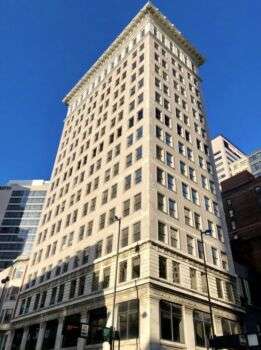
Image source: https://search.creativecommons.org/photos/7c39aa86-5d9d-4038-a465-e0606513807f by w_lemay

The Road to the International Style
In the late 19th century, architects grew dissatisfied with the eclectic, chaotic blended styles, ornaments, and techniques that characterized contemporary buildings. Additionally, in the modern, industrial societies there was a need for large volumes of office, residential and commercial buildings. In addition, the development of new technologies increased use of iron, steel, reinforced concrete and glass (more effective and cheaper than traditional masonry materials), which meant an ever-growing shift in construction (and aesthetic) priorities. Therefore, these three changes formed the foundations of the International Style, proposing harmony between appearance, technology, and functionality.
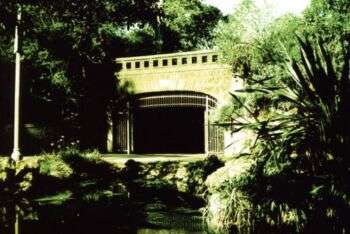
image source: https://search.creativecommons.org/photos/e19d3a9d-ef24-4255-ae0d-8e3698bdcb88 by J Jakobson
International Style Characteristics
The typical features of the International Style and its buildings include linear shapes, plane surfaces completely without ornaments, and open, even fluid, inner spaces. Consequently, this translated into a form of minimalism with a singular modern look, improved by its use of advanced materials, such as glass for the facade, steel for exterior supports, and concrete (often carefully hidden to not upset the visual balance) for interior supports and floors.
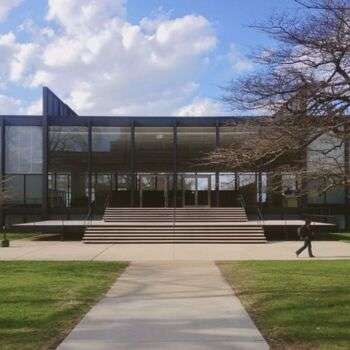
Image source: https://search.creativecommons.org/photos/b5c4e1b6-b6e2-4547-8734-600ecda4a2dd by Peter Alfred Hess
MOMA Exhibition
In 1932, the “Modern Architecture: International Exhibition” opened at the Museum of Modern Art, or MOMA, showcasing the novelties and modern advancements in design and architecture. Further, curated by Philip Johnson and Henry-Russell Hitchcock, the exhibit presented a new style of architecture to the world, which already featured the simple, hyper-modern geometries that went on define the International Style.
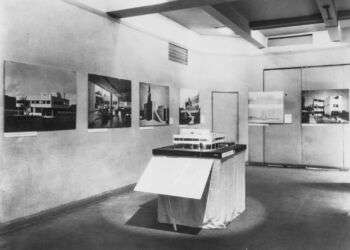
Image source: https://search.creativecommons.org/photos/446aadfa-3bed-4ceb-b671-618d26d6a2d0 by ivtoran
International Style Architects
Charles-Édouard Jeanneret, known as Le Corbusier, was an architect belonging to the first generation of the International school. Among his most famous works of International style was the Villa Savoye. Futhermore, this building’s design addressed the emblematic “Five Points” of Le Corbusier, or the basic tenets of the new architectural aesthetic, which were:
- Support of ground-level pilotis, to elevate the structure
- Functional roof, to stay in contact with nature
- Free floor plan
- Long horizontal windows
- Freely-designed facades
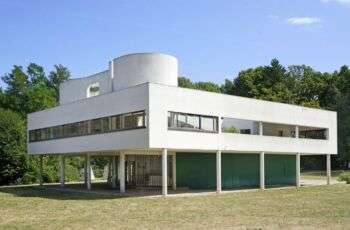
Image source: https://search.creativecommons.org/photos/9decad65-692a-48bf-9a4d-24f6c6e90c77 by dalbera
Richard Neutra, defined as one of the most important Austrian architects of his time, studied at the Technische Hochschule from 1911 to 1917. Notably, his design for the Lovell (Health) House, with balconies sustained by steel cables from the roof structure, forming an open-web skeleton (that had to be taken to the steep hillside by truck) is quite famous. Neutra’s way of bringing designs to life was geometric and simple because he was always aware of the site he was working on.

Image source: https://en.wikipedia.org/wiki/Lovell_House
Philip Johnson was a polyhedral figure when compared to his peers. He was a proponent of minimalism, a voice to push Modernism forward, and even a defining figure in the Post-Modernist movement. Today, he is regarded as a key figure for his roles as both architect and critic. Additionally, his residence and most famous creation, the Glass House, was an odyssey of experimental proportions in forms, function, materials, and landscape “sculpting.” To this day, it is considered an emblem of Modernism in idea and style.
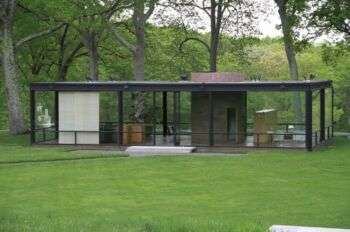
Image source: https://search.creativecommons.org/photos/8458a6c5-6a4e-41f9-8c61-811b1a4544df by heldermira
Info source: https://www.britannica.com/art/International-Style-architecture
